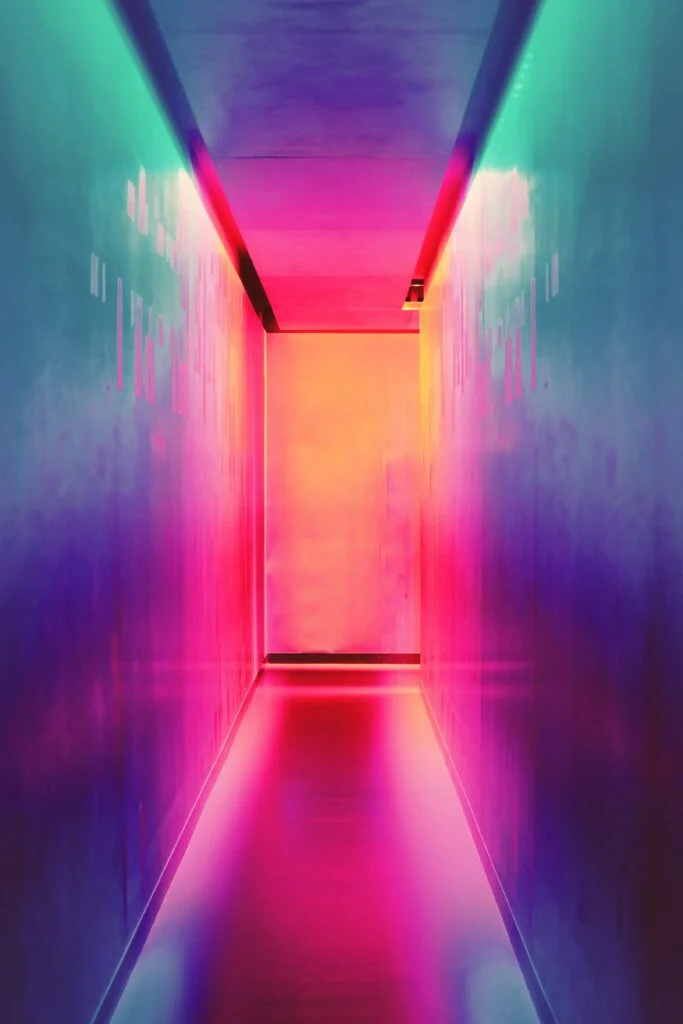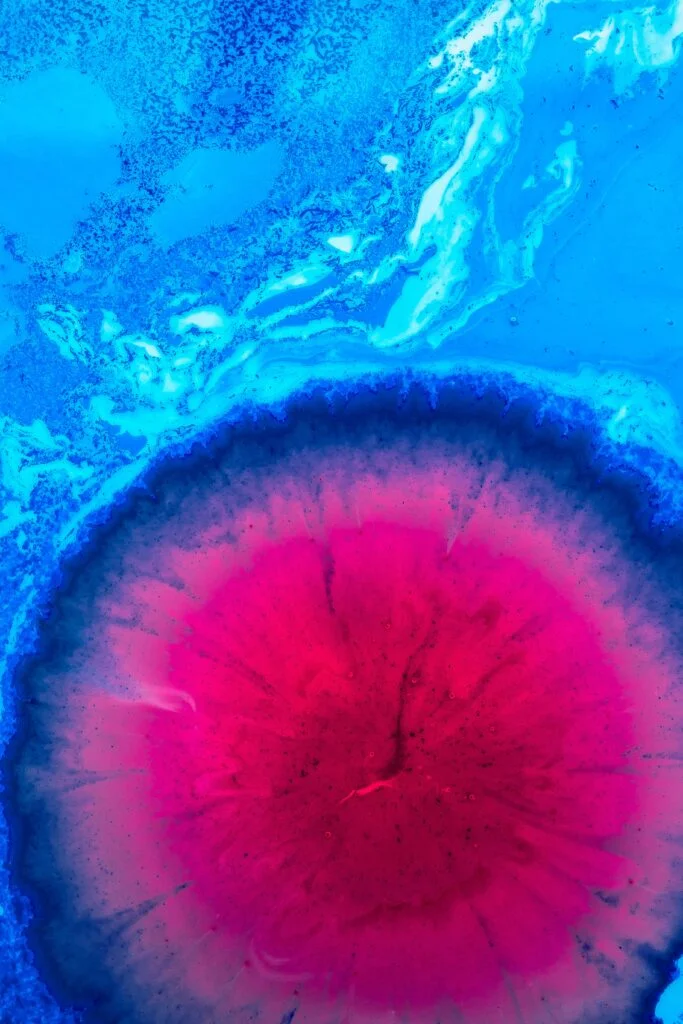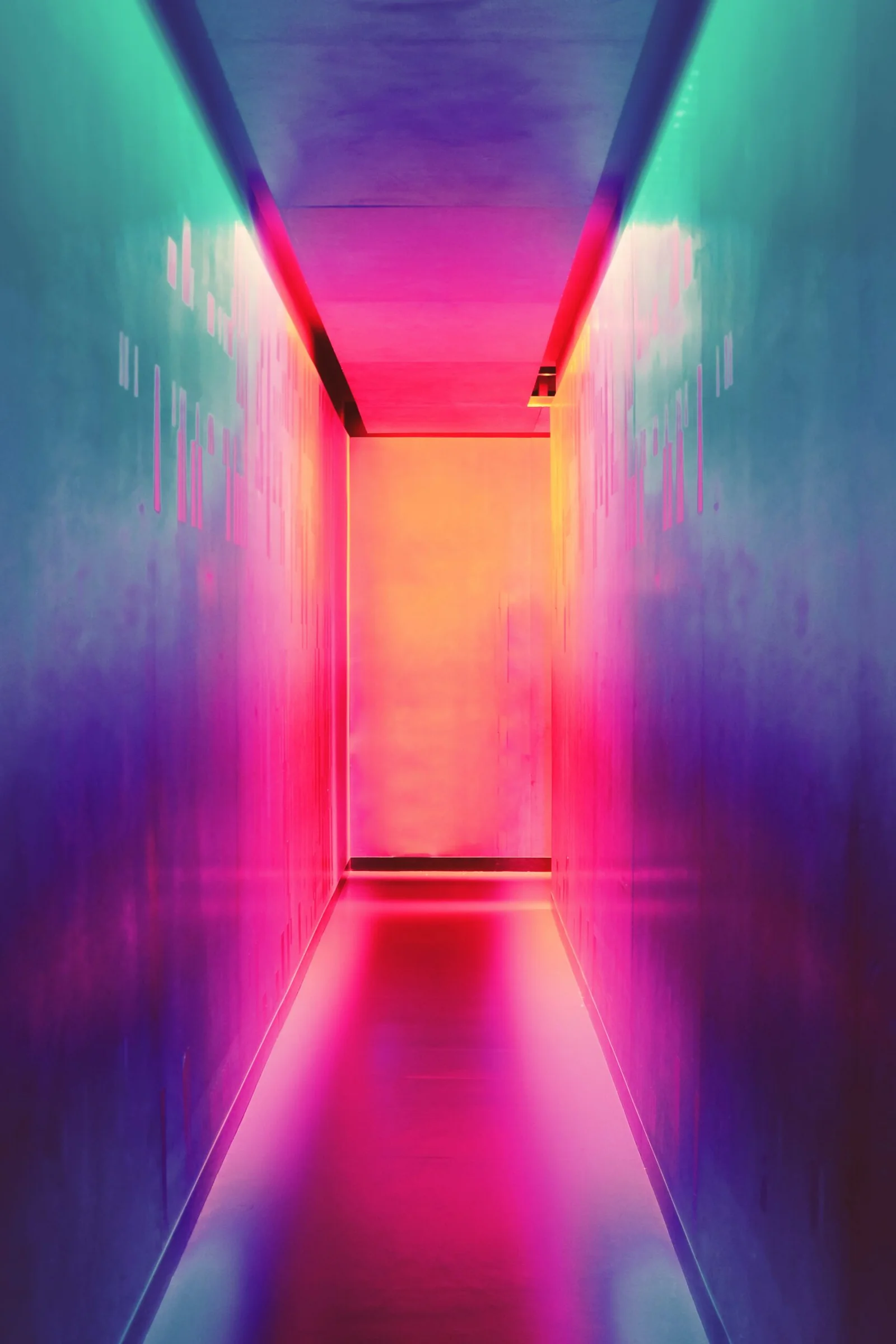Have you ever wondered which color is secretly disliked by most people? In our latest article, we uncover the mystery surrounding the least favored color. As we delve into various studies and surveys, we explore the reasons behind this peculiar phenomenon and examine the impact it has on our daily lives. Prepare to be surprised as we reveal the unexpected truths about the color that tends to be unanimously overlooked and avoided.
What Is The Least Favored Color?
Table of Contents
Factors Influencing Color Preferences
Color preferences are subjective and can vary greatly from person to person. However, there are several factors that can influence our color preferences. These factors can be broadly categorized into cultural factors, personal factors, and psychological factors.
Cultural Factors
Cultural factors play a significant role in shaping our color preferences. Different cultures have varying associations and meanings attached to different colors. For example, in Western cultures, the color white is often associated with purity and weddings, while in some Eastern cultures, it is associated with death and mourning. Similarly, the color red can symbolize luck and good fortune in some cultures, while representing danger or warning in others. These cultural associations can have a profound influence on our color preferences.
Personal Factors
Personal factors, such as individual experiences and upbringing, can also impact our color preferences. Our personal background, including our family, friends, and the environment we grew up in, can shape our color choices. For example, if someone had a positive experience associated with the color blue during their childhood, they may develop a preference for that color in adulthood. Similarly, personal preferences for certain colors can also stem from personal style, fashion trends, and aesthetic choices.
Psychological Factors
Psychological factors, including perception and emotional response, can greatly influence our color preferences. Certain colors have been found to evoke specific emotional responses in individuals. For example, warm colors such as red, orange, and yellow, are often associated with feelings of energy and excitement, while cool colors like blue and green are associated with calmness and tranquility. Our personal psychological makeup, including our personality traits and past experiences, can impact how we perceive and respond to different colors.
Least Favored Colors Across Cultures
While color preferences can vary greatly across cultures, there are some colors that tend to be less favored universally. These least favored colors can be attributed to cultural variations and societal influences.
Cultural Variations
In many cultures, the color black is often associated with mourning and sadness. It is traditionally worn at funerals and is often seen as a symbol of darkness and negativity. As a result, black is generally not a favored color in most cultures. Similarly, the color brown is often seen as dull and unsophisticated in many cultures, leading to its lower popularity.
Societal Influences
Societal influences, such as media and marketing, can also contribute to certain colors being less favored across cultures. For example, certain industries may heavily promote specific colors to represent their brands, leaving little room for other colors to be favored. In addition, fashion trends and societal norms can also play a role in dictating color preferences. If a particular color is not seen as fashionable or trendy at a given time, it may be less favored by individuals.

Personal Color Preferences
In addition to cultural influences, personal factors also play a significant role in shaping our color preferences. Factors such as gender, age, and individual variation can all contribute to our personal color choices.
Influence of Gender
Gender has been found to influence color preferences to some extent. While color preferences can vary greatly among individuals, there are general tendencies observed across genders. For example, studies have shown that females tend to have a greater preference for warm colors like red and pink, while males lean towards cooler colors like blue and green. These preferences may be influenced by societal gender norms and personal experiences.
Age-Related Preferences
Color preferences can also change over the lifecycle, with different age groups often showing distinct tendencies. Children, for instance, are frequently drawn to bright and vibrant colors, while older adults may prefer more muted and subdued shades. Furthermore, as people grow and evolve, their experiences and perspectives shift, potentially leading to changes in color preferences.
Individual Variation
Individual variation also plays a significant role in personal color preferences. Each person has their unique set of preferences and experiences, resulting in a wide range of individual color choices. Factors like personality, personal style, and upbringing can all contribute to this individual variation in color preferences.
Psychological Associations with Colors
Colors can evoke various psychological associations and emotional responses in individuals. Understanding these associations can shed light on why certain colors are favored or disfavored by individuals.
Positive Associations
Certain colors are commonly associated with positive emotions and feelings. For example, the color green is often associated with nature, fresh beginnings, and relaxation. It can evoke a sense of calm and harmony in individuals. Similarly, the color yellow is often associated with happiness, warmth, and optimism. These positive associations can influence our color preferences and contribute to the popularity of certain colors.
Negative Associations
On the other hand, certain colors can be associated with negative emotions and feelings. For instance, the color gray is often associated with sadness, dullness, and monotony. It can evoke a sense of gloom and negativity in individuals. Likewise, the color brown can be associated with dirt, decay, and unpleasantness. These negative associations can influence our color preferences and contribute to certain colors being less favored.

The Least Favored Color Across the Globe
While color preferences can vary significantly across cultures and individuals, there is no definitive “least favored” color across the globe. Preferences for different colors can differ based on cultural context, personal experiences, and individual variation.
Survey Results
Various surveys and studies have been conducted to understand color preferences across different populations. While these studies provide valuable insights into color preferences, they do not indicate a clear consensus on the least favored color worldwide. Preferences for certain colors can vary widely across cultures and individuals.
Impact on Various Industries
The lack of a universally least favored color has implications for various industries. For instance, in fashion and interior design, it means that there is no color that is universally seen as unappealing. This allows for a diverse range of color options and creative freedom in these industries. Additionally, in marketing and advertising, understanding cultural and individual color preferences becomes crucial in effectively appealing to target audiences.
The Science Behind Color Preferences
Understanding the science behind color preferences can provide insights into why certain colors are more preferred than others. Evolutionary perspectives and the role of color perception and emotional response contribute to our color preferences.
Evolutionary Perspective
One perspective on color preferences suggests that our preferences for certain colors may have evolved due to their association with survival-related factors. For example, the preference for blue may stem from our evolutionary reliance on water sources, as blue often signifies water. Similarly, the preference for vibrant colors may be linked to our ancestral need to identify ripe fruits and detect potential dangers in the environment.
Color Perception and Emotional Response
Another essential aspect of color preferences is how colors are perceived and the emotional responses they evoke. Colors can stimulate different physiological and emotional reactions in individuals. For example, red has been found to increase heart rate and evoke feelings of excitement, while blue has a calming effect and can promote relaxation. These perceptual and emotional responses can play a significant role in shaping color preferences.

Application of Color Preferences
Understanding color preferences has practical applications in various industries, including marketing and advertising, interior design, and product development.
Marketing and Advertising
In marketing and advertising, understanding color preferences can inform the design of branding materials, packaging, and product displays. By aligning with the preferred colors of target audiences, companies can create a more appealing and persuasive visual experience. Color choices can be used strategically to evoke desired emotions, attract attention, and influence consumer behavior.
Interior Design
Color preferences are also crucial in interior design. Different colors can set the mood and create specific atmospheres within a space. Understanding the preferences of the individuals or target demographic can help guide color choices for walls, furniture, and accessories, enhancing the overall aesthetic and ambiance of a room.
Product Development
Color preferences are also considered in product development. From automobiles to electronics and consumer goods, the choice of color can greatly influence consumer perception and desirability. Understanding color preferences allows product developers to create products that are visually appealing and cater to the preferences of their target market.
Changing Color Preferences
Color preferences are not fixed and can change over time due to various factors, including trends, fashion, technology, and media influence.
Influence of Trends and Fashion
Trends and fashion play a significant role in shaping color preferences. Society’s shifting preferences and changing fashion trends can influence our color choices. For example, certain seasons or years may be characterized by a specific “color of the year,” leading to increased popularity of that particular color. Trends in the fashion industry can also impact the desirability of certain colors in clothing and accessories.
Impact of Technology and Media
The advent of technology and widespread media exposure can also impact color preferences. Social media platforms, online content, and visual media expose individuals to a wide range of color choices, influences, and visual aesthetics. This exposure can shape and influence our color preferences as we are constantly exposed to new and different color palettes.

Conclusion
Color preferences are subjective and can vary greatly among individuals and cultures. Factors influencing color preferences include cultural, personal, and psychological factors. While there are certain colors that tend to be less favored across cultures, there is no universally least favored color. Understanding the science behind color preferences can shed light on why certain colors are preferred or disfavored.
The application of color preferences is relevant in various industries, such as marketing, interior design, and product development. Additionally, color preferences are not fixed and can change over time due to trends, fashion, and media influence. Overall, color preferences are a complex and dynamic aspect of human perception and personal expression.


